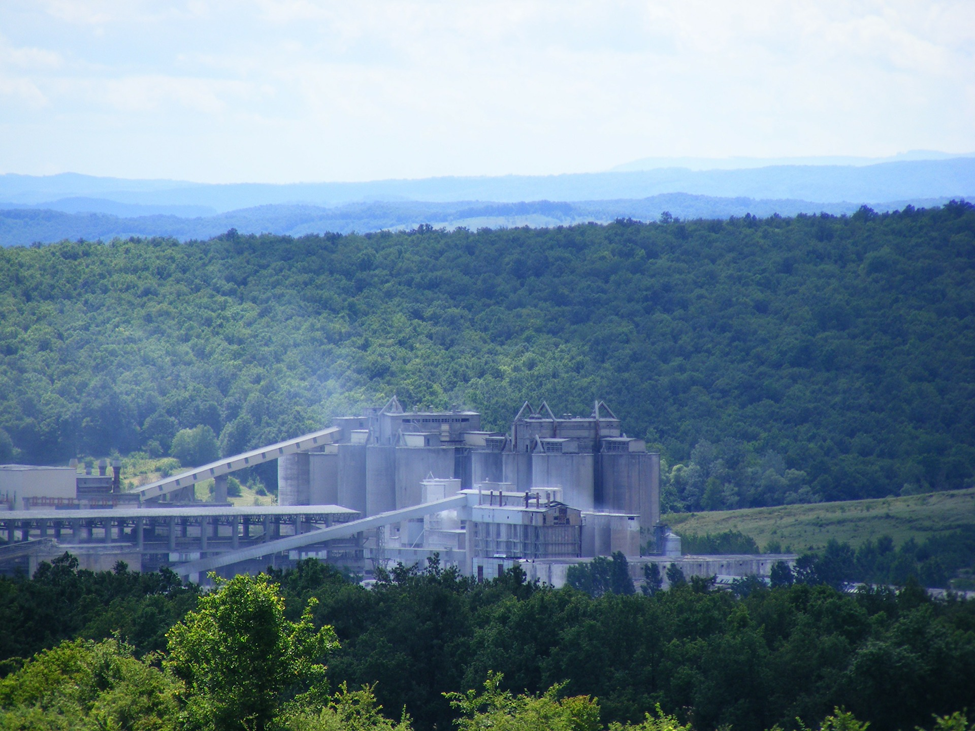There has been a surge of interest in Carbon Capture Utilization and Storage (CCUS) projects in the past two years at the State, national, and international levels. There are several reasons for this uptick in CCUS projects, the first of which is that companies and organizations are becoming keenly aware that CCUS projects are vital towards achieving carbon neutrality in the coming decades and are likely an essential part of California’s goal of carbon neutrality by 2045. “Getting to Neutral”, a report issued in August 2020 by Lawrence Livermore National Laboratory (LLNL), discussed the three pillars of negative emissions needed for California to become carbon neutral by 2045. CCUS is an essential component of two of these pillars, waste biomass to fuel and storage of CO2, and Direct Air Capture and storage of CO2. More states and companies are adopting carbon neutrality goals similar to California’s and CCUS can play an important role in achieving these goals. Some companies like CEMEX, Heidelberg Cement (through its Lehigh subsidiary), Microsoft, Schlumberger, SoCalGas, and California Resources Corporation (CRC), are now planning pilot or commercial scale CCUS projects in California. Visit links to see these Empower Innovation members. See all companies in the carbon capture and use space on Empower innovation.
An example of a commercial scale project now being planned in California is the Mendota Bioenergy with Carbon Capture and Sequestration (BECCS) project led by Sacramento-based Clean Energy Systems (CES) and including investment partners SoCalGas, Chevron, Schlumberger New Energy, and Microsoft.
The following graphical representation of the planned Mendota BECCS process is provided at https://www.cleanenergysystems.com/MendotaBECCS

More than 99 percent of the carbon from the Mendota BECCS process is expected to be captured for permanent storage by injecting CO2 underground into nearby deep geologic formations. The plan is to construct a negative energy plant that captures CO2 from biomass waste using oxy-combustion capture technology and then produces clean electricity for use as a transportation fuel. The plant, when completed, is expected to remove about 300,000 tons of CO2 annually and 6 million tons of CO2 over 20 years. The project is expected to create up to 300 construction jobs and about 30 permanent jobs once the facility is operating.
A second commercial scale project being planned in California is CRC’s Carbon TerraVault I CO2 storage initiative being planned for their Elk Hills Field. According to CRC’s website, the project is planned to store over 1 million metric tons of CO2 per year and 40 million tons total. CRC has identified that they have up to 1 billion tons of CO2 of storage capacity potential in California. https://www.crc.com/carbon-terravault/carbon-terravault-i-projects

These projects will require sufficient economic incentives to move forward. Since 2019, a significant increase in the number of projects within California and other states including New York have been motivated by State and Federal incentives. The prime incentive is California’s Low Carbon Fuel Standard (LCFS), which provides revenues for projects that supply transportation fuels to California’s markets as well as to Direct Air Capture (DAC) projects. 2018 amendments to the LCFS made CCUS projects eligible for credits which have been in the $160 - $200/ton CO2 range.
As of July 2021, there are now 18 projects with California ties in planning stages, including 12 of those projects located within the State. In addition to the LCFS credits, Section 45 Q of the Federal Internal Tax Revenue Code supplies tax credits to all CCUS projects at $45/ton. Out of the 18 projects, two projects have been approved for LCFS credits, along with three other projects which are underway in the application process. Based on project descriptions for the other 13 planned projects, it is likely that more projects will be applying for LCFS credits.
The development of CCUS projects within California will create several beneficial economic impacts within the state. The majority of these impacts revolve around increasing employment rates, specifically in CCUS-supporting industries. A 2021 study conducted by the Rhodium Group estimates that there will be 34 commercial-scale projects under development in California in the near- and medium-term, with the capacity to capture 23 million metric tons of CO2 annually. Of the 34 potential projects identified, the greatest potential exists for hydrogen facilities (15 facilities, 10 MMT of annual CO2 capture), followed by cement (8 facilities, 7 MMT), refineries (7 facilities, 5 MMT) and ethanol (4 facilities, 1 MMT). It is also expected that there will be $80- $120 million of investment per CCUS installation, along with 880-1,200 permanent employment opportunities.

The LLNL “Getting to Neutral” report details negative emission pathways that would enable California to reach carbon neutrality in 2045. The report discusses numerous strategies, such as management and technology options, that can impact the financials of the CO2 removal process. With new land management strategies, along with infrastructure that includes biomass-based processing plants and direct air capture plants, the goal of reaching carbon neutrality by 2045 appears to be achievable.
Empower Innovation members CEMEX, Twelve, and possibly others are active in the CCUS space. CEMEX is evaluating a potential CCUS project at their Victorvile cement plant and Twelve is involved with projects using their technology to convert CO2 to synthetic fuels and other products.
Written by Steve Messner and Allison Firestone with iCatalysts. Editing by Thomas Jensen